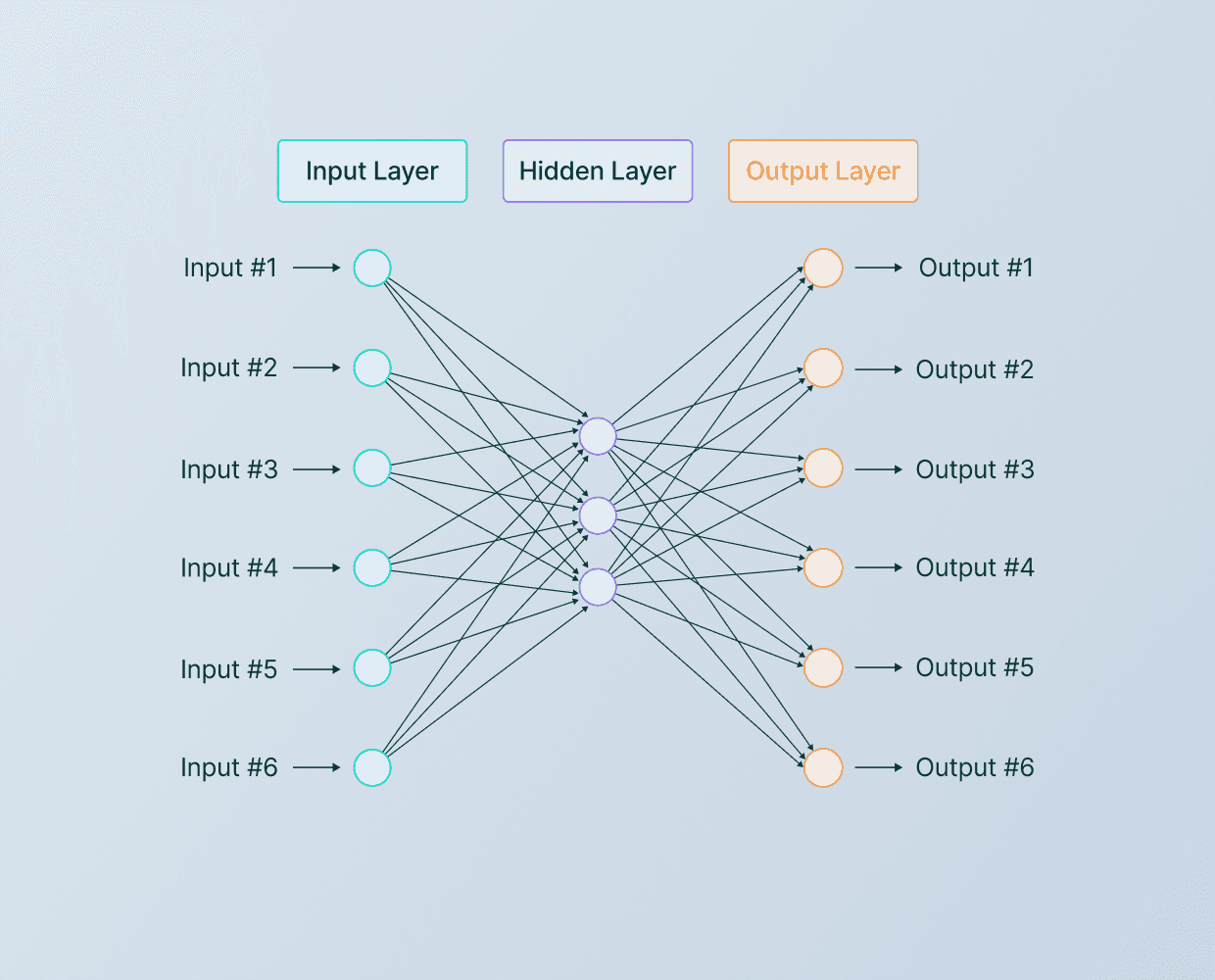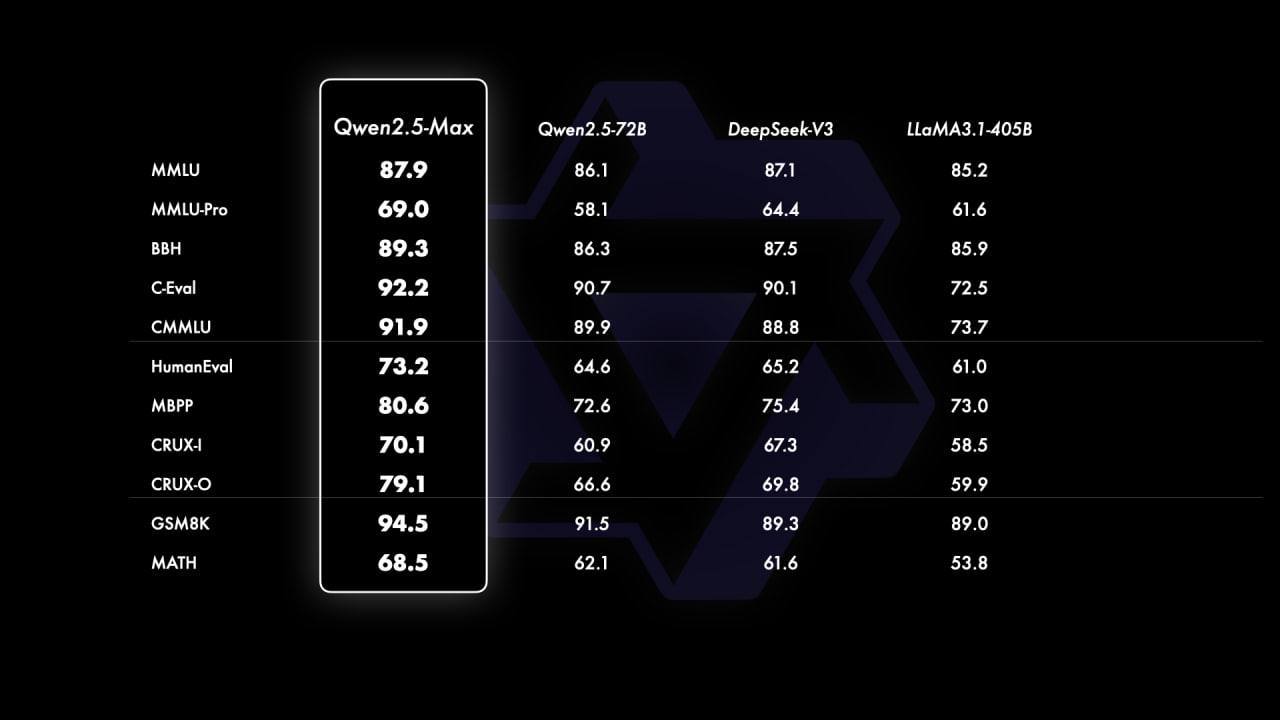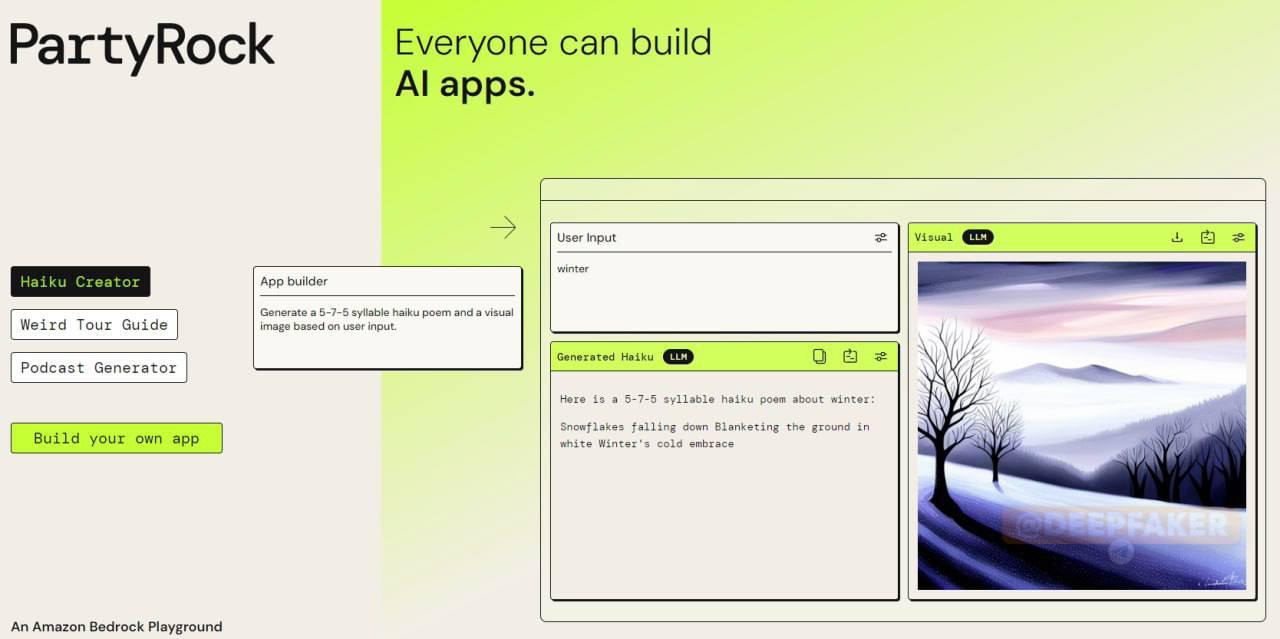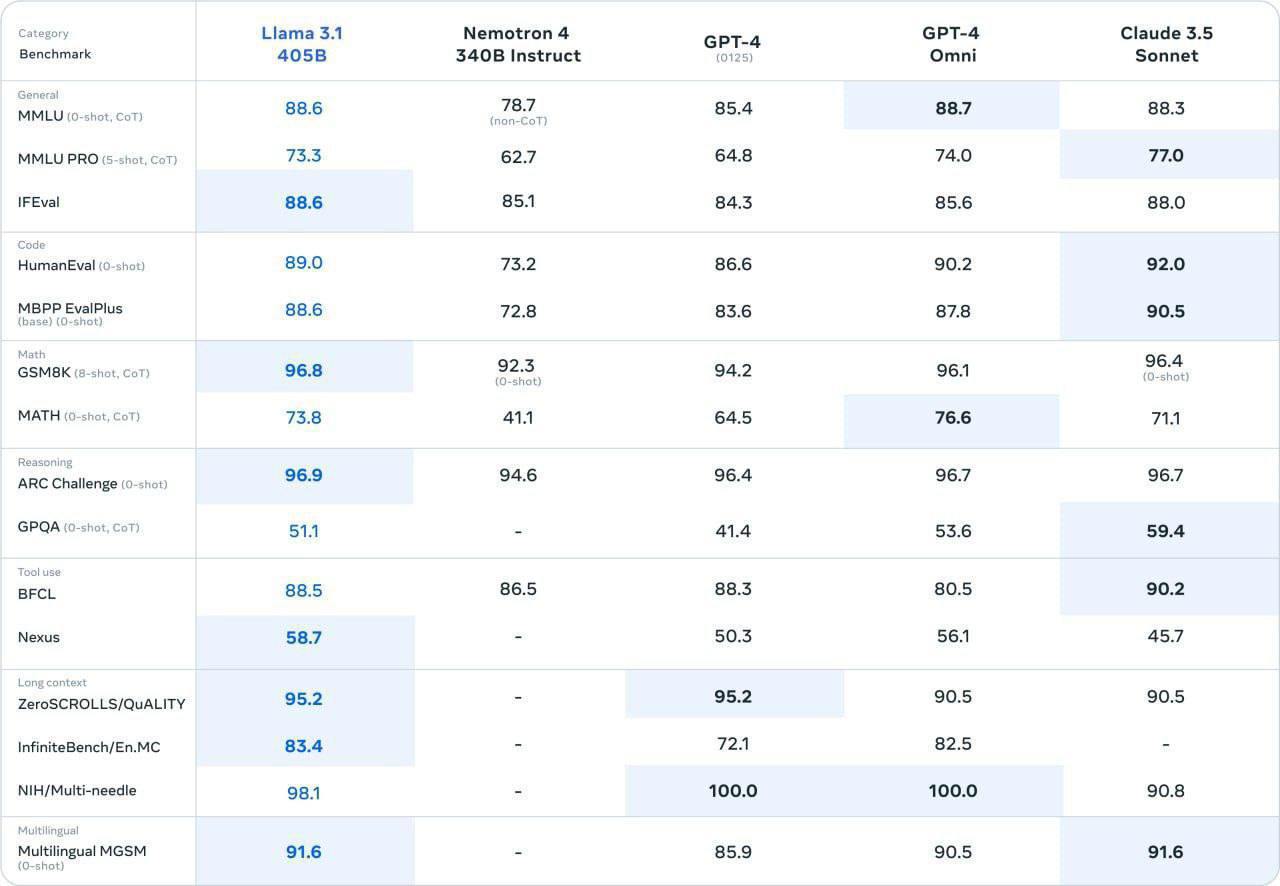Back
Gigaversity
Gigaversity.in • 7m
We developed a deep neural network for forecasting internal resource demand across systems, expecting it to outperform traditional models. But in deployment, a simple linear regression delivered better accuracy, stability, and faster inference times. The neural network overfitted to minor seasonal patterns, despite our efforts to reduce this using techniques like regularization. Meanwhile, the linear model focused on the most important features and handled the noise better. The neural network was complex and faced unstable updates during training, but the linear model with simple coefficients produced more consistent predictions. The neural network’s loss function didn’t account for the costs of incorrect predictions in a business context. The linear model was better aligned with real-world objectives, making it more practical. The linear model avoided unnecessary complexity by selecting the right features, reducing the risk of data leakage. While the neural network struggled with multicollinearity, the linear model maintained clear and simple relationships between features, ensuring easier interpretation. The simpler model’s predictions aligned better with the business needs, cutting down on operational costs tied to errors. Sometimes, the simplest models outperform the most complex ones—not because they are technically better, but because they fit the data, context, and business needs more effectively. If you found this relatable or insightful, feel free to like, comment, and share it with your friends who may find this valuable. Follow us on linkedin and stay tuned for the upcoming simulations..
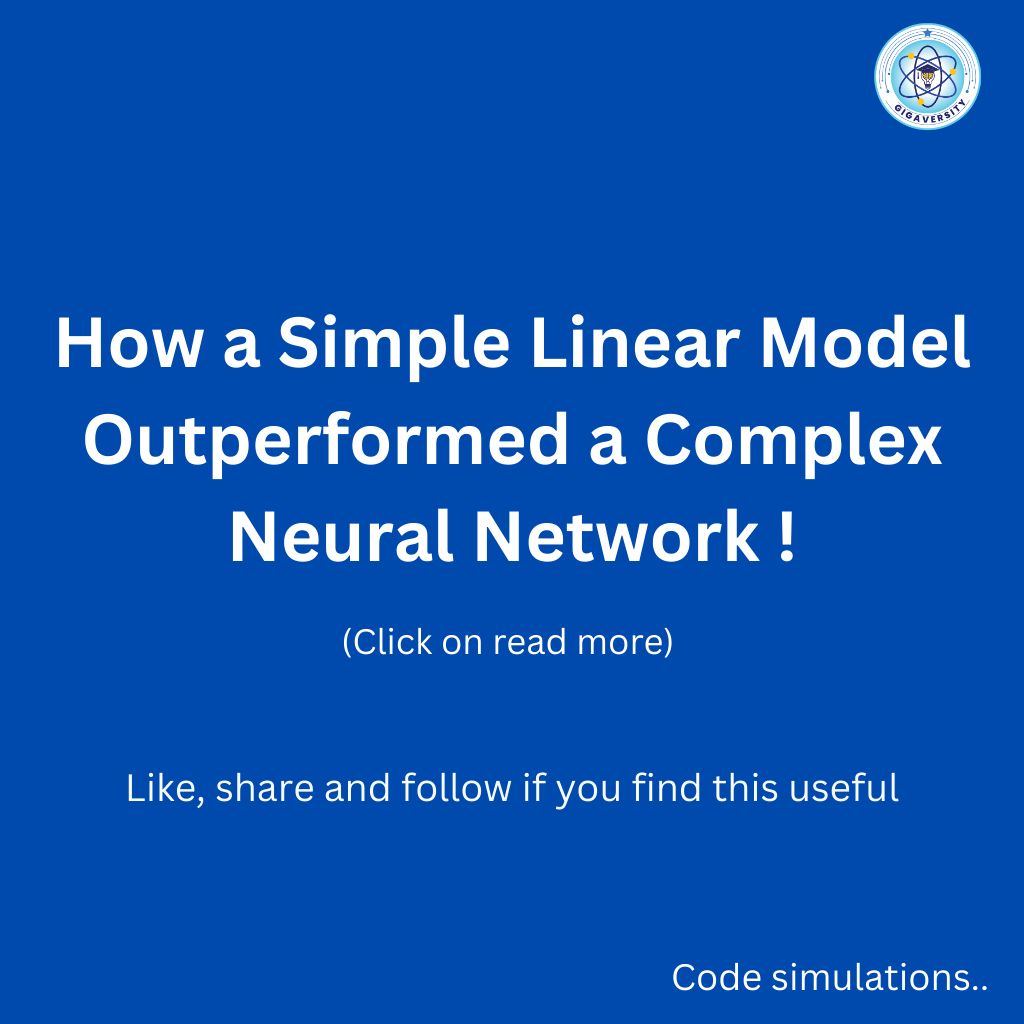
More like this
Recommendations from Medial
Hetansh Modh
Hey I am on Medial • 3m
Just completed a deep dive into how neurons and layers in neural networks mirror linear and logistic regression and how TensorFlow simply automates the math we've already learned. I revisited core concepts from linear and logistic regression and saw
See MoreSaouma Ghosal
Food systems thinker... • 2m
FMCG company? Stop Thinking in Chains, Start Thinking in Networks. Your FMCG supply chain is a lie. It's not a neat, straight chain, it's a messy, interconnected network. You're missing every opportunity where a bag of rice implies a bottle of oil,
See MoreMohd Rihan
Student| Passionate ... • 1y
A legally blind woman named Patricia has regained some vision with the help of AI-powered bionic glasses (These devices combine cutting-edge technologies like object recognition and neural interfaces). Using object recognition & neural interfaces, sh
See More
Ayush gandewar
Just go with the flo... • 8m
The secret to creating an error free AI is the main science behind ai is we give output and we have a expected output in between we have a fine layer in which we have neural network we need to increase the neural network in the layers instead of add
See MoreRipudaman Singh
Trying to build big,... • 1y
Recently had an idea about training a model on memes and making a simple classification model. Memes can be dark, intelligent, puns, and all sorts of things. If a model is trained on such a labelled dataset of memes, it can better classify a future m
See MoreDownload the medial app to read full posts, comements and news.




